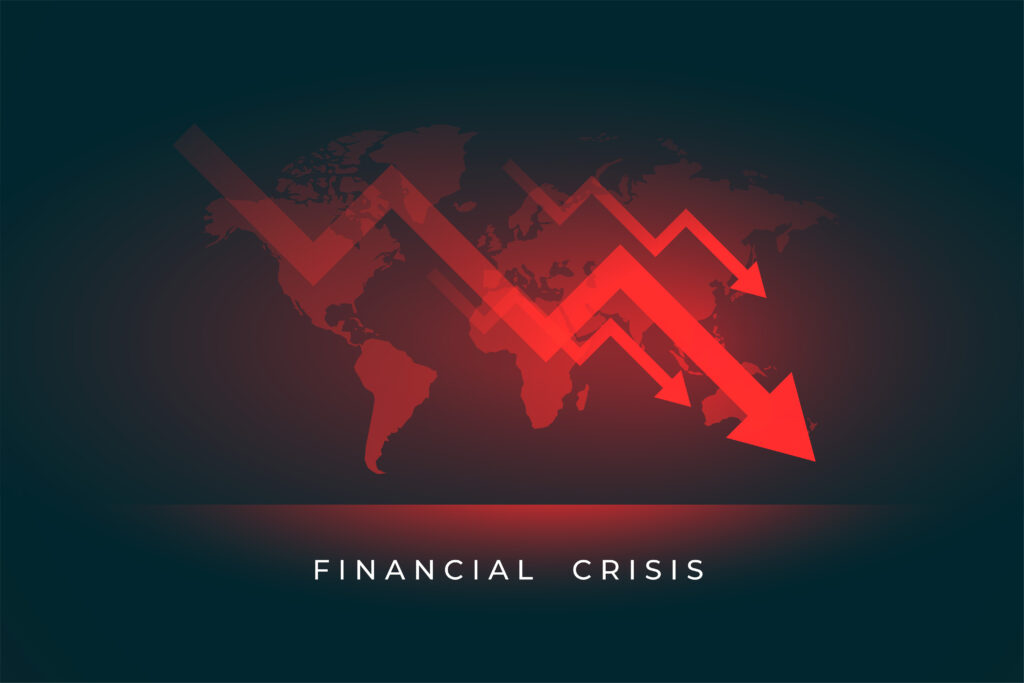On Monday, September 18, 2023, the United States reached a new and alarming record: its gross national debt surpassed $33 trillion for the first time in history. This means that the total amount of money that the federal government owes to its creditors, both domestic and foreign, has reached a staggering level that is equivalent to more than 150% of the country’s annual gross domestic product (GDP)4.
The national debt has been growing rapidly in recent years, fueled by massive government spending to combat the economic and health effects of the COVID-19 pandemic, as well as by tax cuts, wars, and other policies that have reduced federal revenues. Since June 15, 2023, when the debt hit $32 trillion, it has added another $1 trillion in just three months4.
The rising debt has sparked a fierce debate among politicians, economists, and the public about its implications for the nation’s fiscal health and future prosperity. Some argue that the debt is unsustainable and poses a serious threat to the country’s economic stability, security, and global leadership. They warn that the debt could lead to higher interest rates, lower growth, inflation, reduced public investment, and a loss of confidence in the U.S. dollar and Treasury bonds. They also point out that the debt limits the government’s ability to respond to future crises or emergencies124.
Others contend that the debt is manageable and justified by the extraordinary circumstances of the pandemic and the need to support the recovery. They maintain that the debt is not a problem as long as the economy grows faster than the interest payments on it. They also argue that the U.S. has a unique advantage as the issuer of the world’s reserve currency and the largest economy, which allows it to borrow at low rates and attract investors who see U.S. debt as a safe haven. They also emphasize that the debt can be reduced over time by raising taxes, cutting spending, or reforming entitlement programs124.
The debate over the debt is likely to intensify in the coming months as Congress faces several fiscal deadlines and challenges. The most urgent one is to avoid a government shutdown by passing a spending bill or a continuing resolution before September 30, 2023. The House Republicans have proposed a short-term plan that would slash spending for most federal agencies and revive some of former President Trump’s border policies, but it has little chance of passing in the Senate or getting President Biden’s approval1.
Another looming issue is to raise or suspend the debt ceiling, which is the legal limit on how much money the federal government can borrow. The debt ceiling was suspended for two years in 2021 as part of a bipartisan deal that also cut federal spending by $1.5 trillion over a decade. However, the suspension expired on July 31, 2023, and since then, the Treasury Department has been using extraordinary measures to keep paying the government’s bills without exceeding the limit. But these measures are expected to run out by mid-October or early November, at which point the U.S. would face a default on its obligations unless Congress acts124.
A default would have catastrophic consequences for the U.S. and global economy, as it would trigger a financial crisis and a recession. It would also damage the U.S.’s reputation and credibility as a borrower and undermine its role as a leader in international affairs. Therefore, most experts agree that Congress should act swiftly and responsibly to raise or suspend the debt ceiling without attaching any partisan or ideological conditions to it124.
The national debt is not only a matter of numbers and statistics; it is also a reflection of the nation’s values and priorities. How much should the government spend on public goods and services such as health care, education, infrastructure, defense, and social security? How should it pay for them through taxes or borrowing? How should it balance its current needs with its future obligations? These are some of the questions that Americans need to answer as they confront their growing debt burden.



